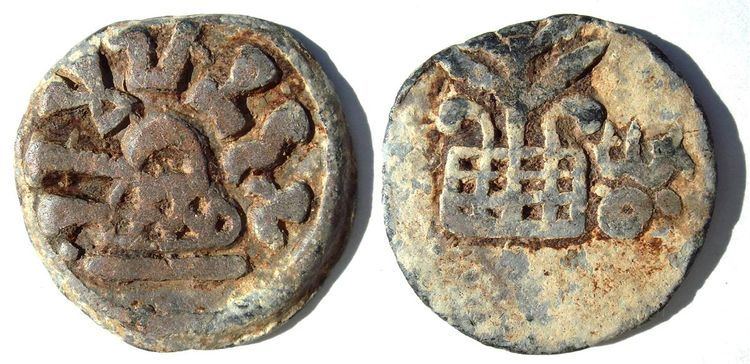Established 1st century BC | Government Monarchy Disestablished 3rd century | |
 | ||
The Chutu dynasty (Kannada: ಚುಟು) ruled parts of the Deccan region of South India in the 1st century BCE to 3rd century CE with its capital at Banavasi in modern Uttara Kannada district of Karnataka state. The Chutus were a feudatory dynasty of the Satavahanas. Except for the edicts of Asoka, the inscriptions of the Chutu dynasty are the oldest documents found in the northern part of Karnataka State.
After the rule of Shaka Satakarni royal family of the Satavahanas dynasty, the Konkan (including Goa) came under the sway of the north Kannada (Kanarese) dynasty, the Chutus ruling from Vanavasi (Banavasi). Based on the study of Sanskrit and old Kannada inscriptions, J F Fleet has pointed out that the western Deccan and parts of Karnataka had been ruled by Nagas (Chutus) in the ancient period. The prevalent nature of Naga worship in Goa further supports this fact. As per available evidence, the 6th-8th century Chalukyas of Badami were an indigenous Brahmin family with Kannada as their mother tongue and related in some way to the Chutu Satakarnis and the Kadambas of Banavasi, Karnataka. The Chutus controlled the far-flung areas of the south-western parts of the erstwhile Satavahana empire after the reign of Pulumayi IV, the last of the main line Satavahanas, and extended their power in the north and east.
Their coins are mostly of lead, belonging to Mulananda c. 125-345. One coin shows Arched hill (or Stupa?) with river motif below on the Obverse and Tree within railed lattice; Nandipada to right on the Reverse.
